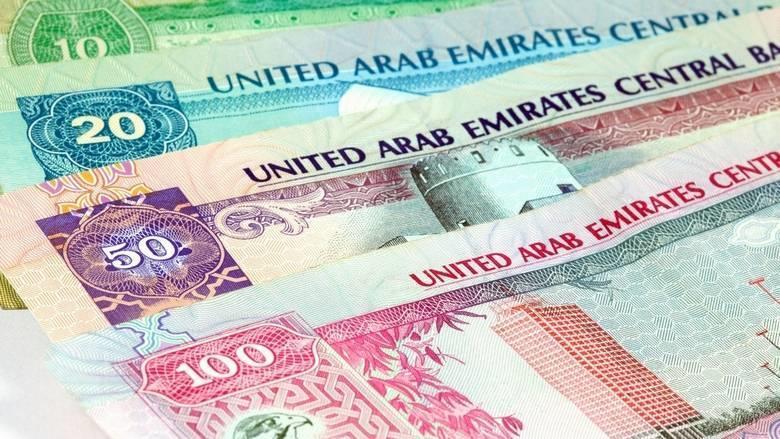
UAE- Islamic finance can heal Covid pain
(MENAFN- Khaleej Times) Islamic finance can play an important role in navigating the economic turbulence brought by the Covid-19 crisis on individual and corporate levels through its social instruments, say analysts.
It is believed that the four Islamic finance instruments of Qard Hassana, social sukuk, waqf and zakat in particular can help core Islamic countries, banks and corporates navigate the current tough situation.
"Social instruments could be used directly by the Islamic finance industry to support households by compensating them for lost income, and by providing access to affordable basic services, such as education and health care," said Mohamed Damak, primary credit analyst at S & P Global Ratings.
Over the past three months, the Covid-19 crisis has significantly slowed the core Islamic finance economies, resulting in increase in unemployment rates, with a consequent significant loss of income for households as companies implement measures to reduce their costs amid declining revenue.
Qard Hassana consists of a loan granted for welfare purposes or to bridge short-term funding requirements where the borrower is required to repay only the principal. Zakat, which is similar to a tax levied on wealth over a certain threshold, can be used to support people who have lost income, without any expectations of repayment or remuneration.
Waqf consists of a donation of an asset or cash for religious or charitable purposes with no intention of repayment or remuneration.
Social sukuk is another instruments where the rate of return declines if the issuer fulfills certain social objectives. These instruments could help support the education and healthcare systems amid the current crisis and attract particularly those investors who are looking to invest for social reasons and Islamic investors who are looking for Shariah-compliant investments.
S & P said in addition to these instruments, Islamic banks are considering a more lenient approach concerning their headcount reduction.
Global Islamic financial industry size is estimated at $2.6 trillion by 2018-end, growing by 6.6 per cent or $160 billion. Around 60 per cent or $1.56 trillion assets are held by full-fledged Islamic banks, according to the 10th Global Islamic Finance Report (GIFR) 2019.
The report found that the potential size of the Islamic finance industry is estimated at $9.4 trillion while the catch-up time required for the industry to realise its potential is ever-increasing from an estimated 17 years to well beyond 40 years.
In May, the UAE's Ministry of Finance, Islamic Development Bank (IDB) and the Dubai Islamic Economy Development Centre (DIEDC) join hands to build a unified global legislative framework for Islamic finance.
Sultan bin Saeed Al Mansouri, Minister of Economy and Chairman of DIEDC, said there is today an urgent need in the Islamic finance sector to accelerate growth and reduce discrepancies in practices across the globe.
"As part of this priority, the development of a general framework that standardises rules and regulations will be a major achievement for Islamic finance and for the Islamic economy in general," the minister said.
GCC to lead
Moody's Investors Service said Islamic banking penetration in the core Islamic financial markets of the Gulf Cooperation Council (GCC), Malaysia, Indonesia and Turkey increased to 31.2 per cent as of September 2019 from 25.5 per cent in 2013. While annual global sukuk issuance increased to $179 billion in 2019 from $125 billion.
"We expect sukuk issuance to remain stable at around $180 billion in 2020, and the takaful insurance market will see steady growth as insurance premiums pick up in newly penetrated markets," said Nitish Bhojnagarwala, VP-senior credit officer at Moody's.
"However, downside risks are rising because of the coronavirus outbreak, as prolonged market disruption could dissuade issuers from coming to market," he added.-

Legal Disclaimer:
MENAFN provides the
information “as is” without warranty of any kind. We do not accept
any responsibility or liability for the accuracy, content, images,
videos, licenses, completeness, legality, or reliability of the information
contained in this article. If you have any complaints or copyright
issues related to this article, kindly contact the provider above.


















Comments
No comment